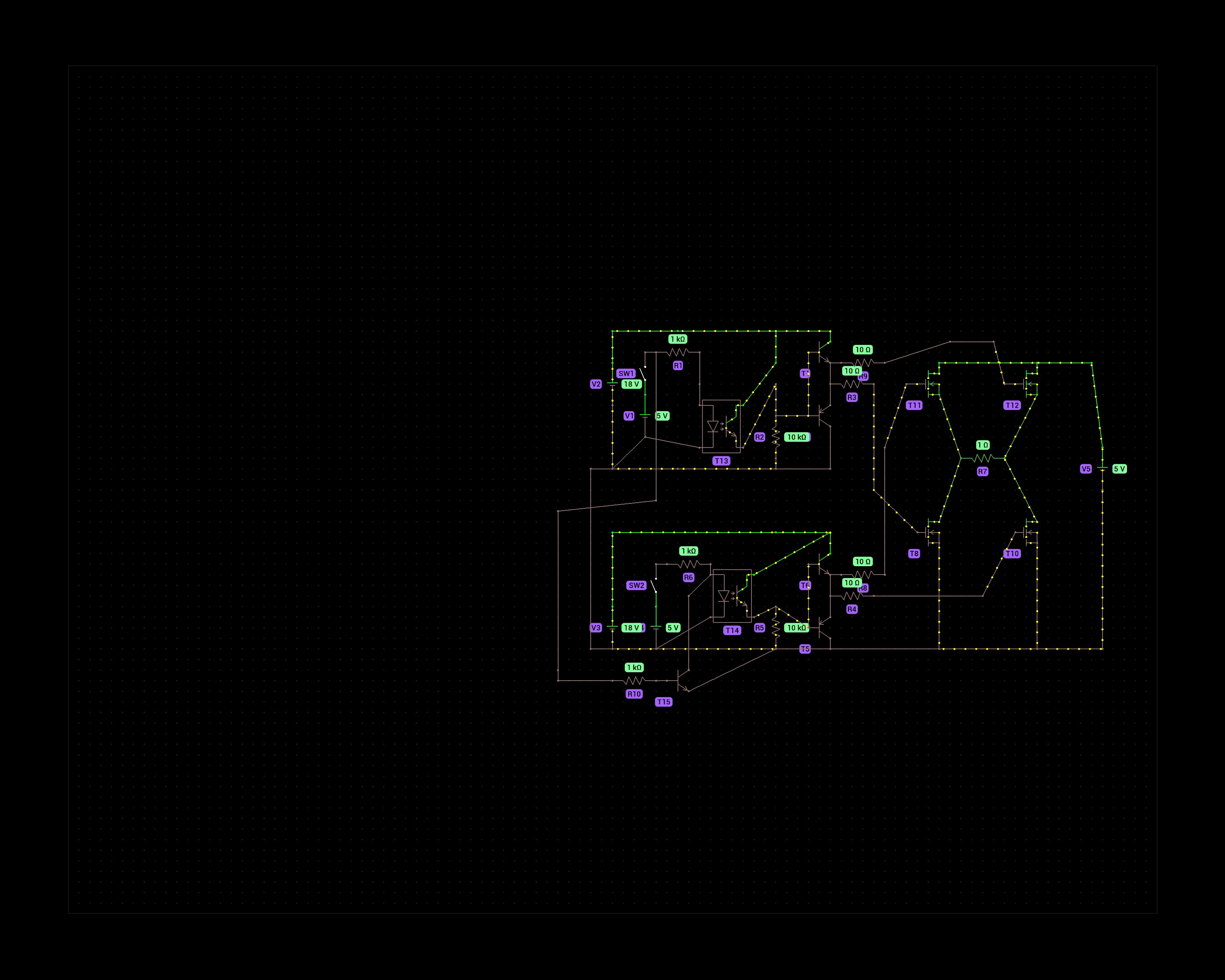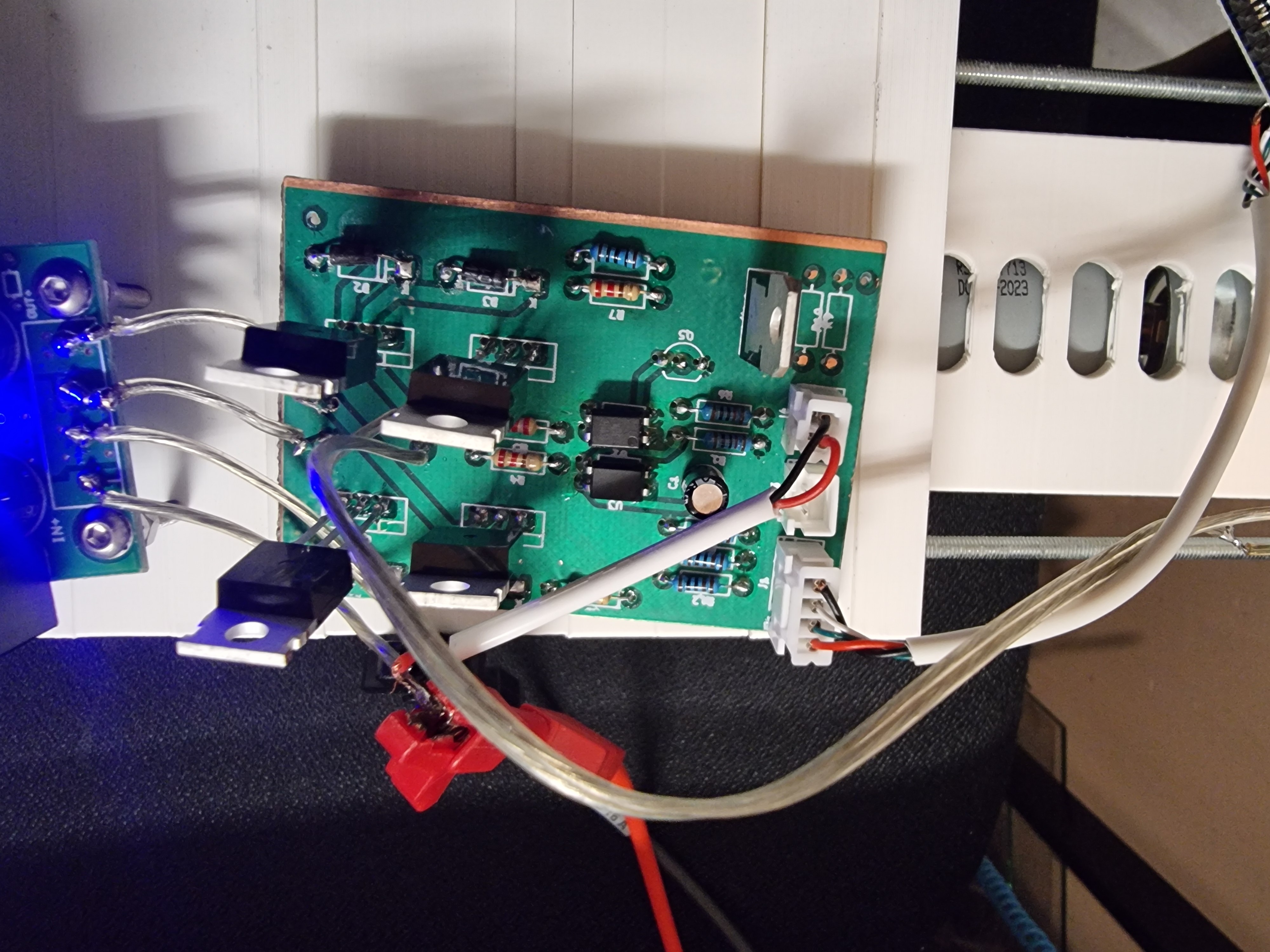Please don't use non perpendicular lines and draw in a clearer software if possible. Its quite hard to read.
What is the point of the push-pull BJTs? With the optocoupler you could drive the nmos gates directly. If you need more current to drive the gates (unlikely for a small motor), I suggest you buy dedicated gate drivers. They are tested and not expensive. If you have the 18V available already, using the optocouplers directly would be a lot simpler.

